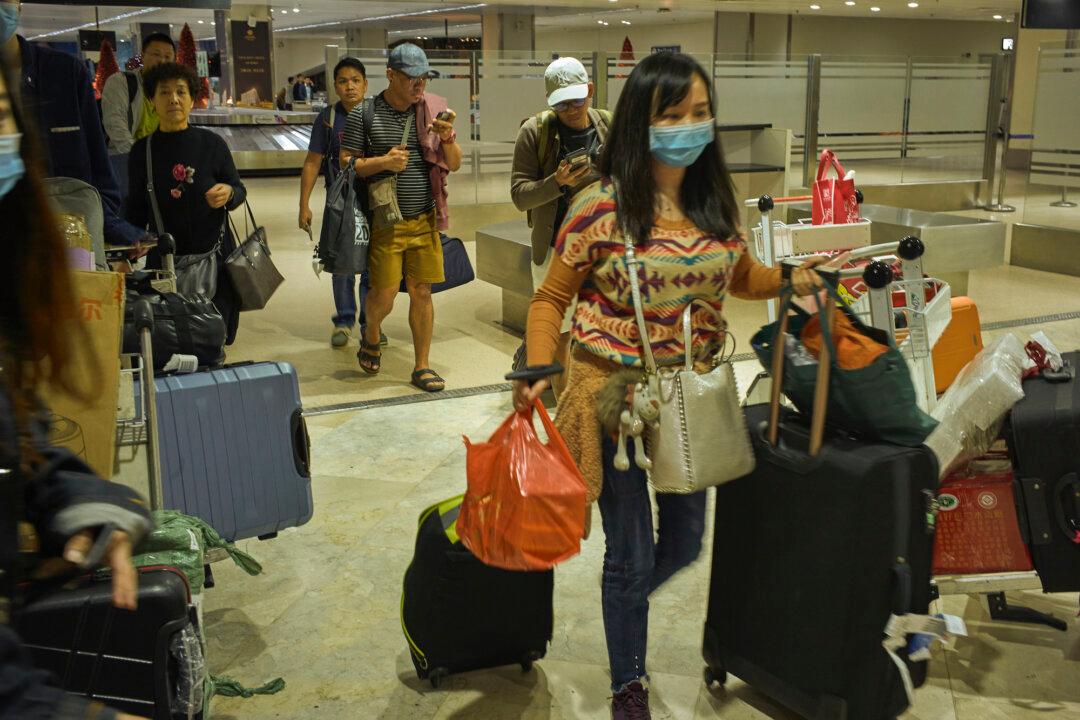Nearly 200 Chinese tourists were flown back to Wuhan from Kalibo in the Philippines on Jan. 25 amid the threat of the Novel Coronavirus (2019-nCoV), ABS-CBN reports.
A total of 156 tourists returned to the Chinese city at around 10 p.m local time, while a further 150 others are set to fly back on the evening of Jan.27, according to the outlet.





